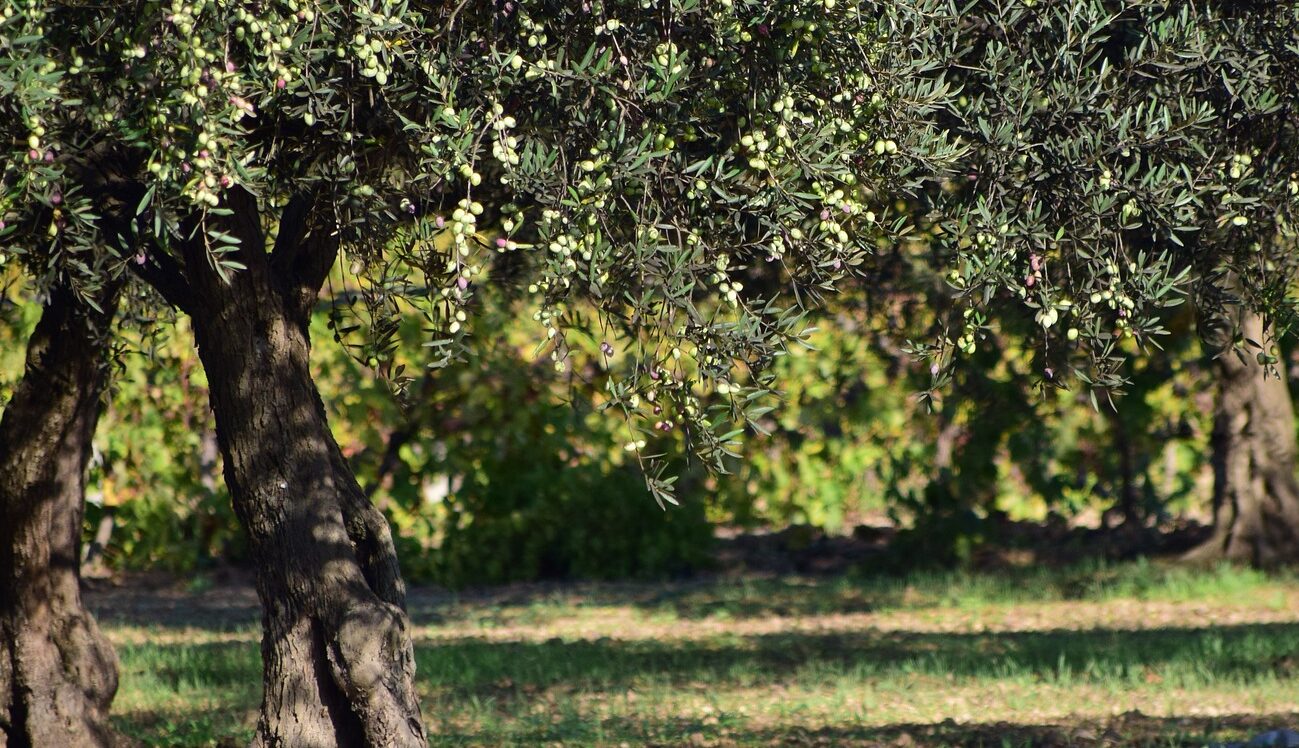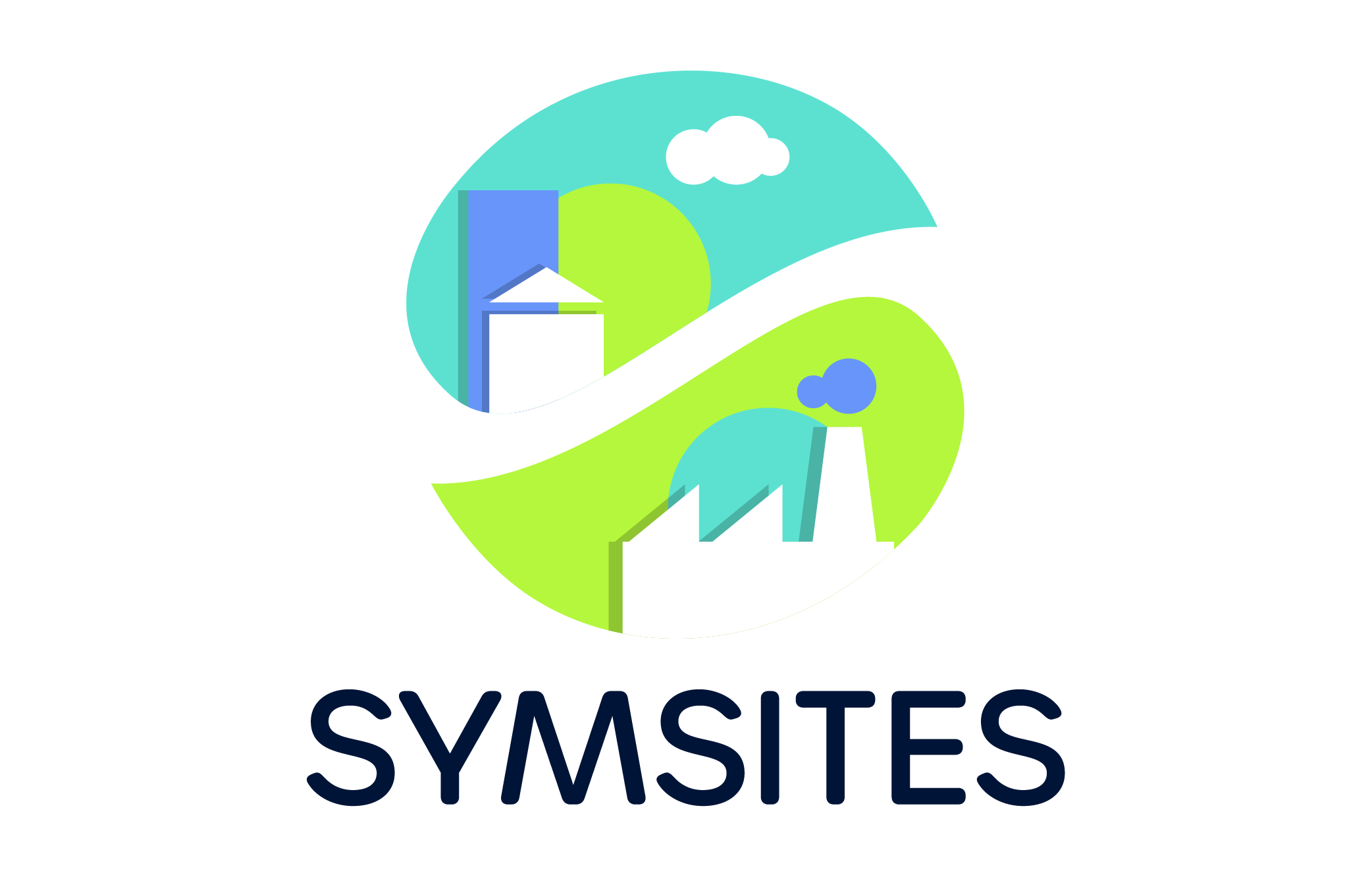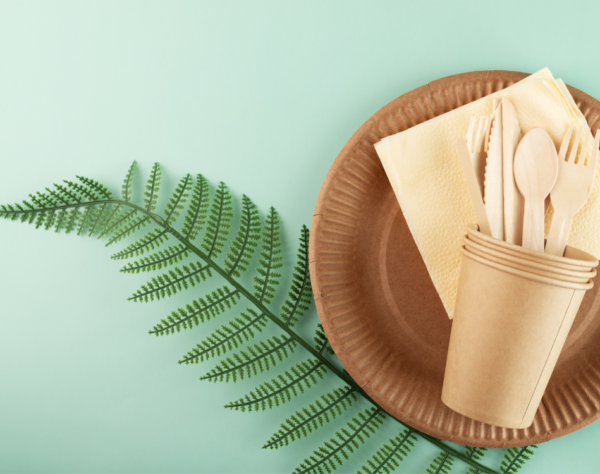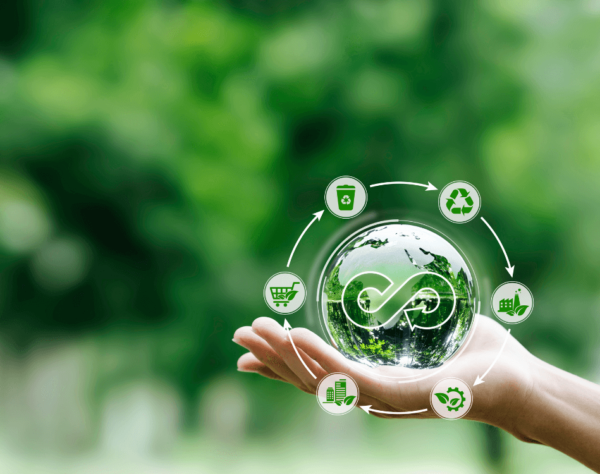
Designing Ecosites in Greece and Austria
General context
In our last article we explored the Ecosites of Spain and Denmark. Today we will talk in depth about the different technologies that will be carried out in the Ecosites of Greece and Austria.
The Greek Ecosite
The Greek Ecosite will be located in the WWTP of Western Achaia, a small municipality in the Hellenic Republic, known for its large olive oil production. This oil industry is producing large volumes of wastewater that today still do not have a sufficiently developed treatment to convert them into reusable water.
The installation of the Ecosite will allow its treatment together with other urban waste, enhancing the industrial urban symbiosis. The different waste streams to be treated will be:
- Urban organic solid waste generated and collected in the municipality of Western Achaia.
- Pretreated urban wastewater from the Western Achaia WWTP (MWA)
- Wastewater from the oil industry (EEP).
- Solid waste from the olive industry (EEP)
For the treatment of all these waste streams, a pilot plant is being built that combines innovative technologies that allow transforming this waste into final products with high added value, such as:
- Reclaimed water for irrigation in agriculture.
- Biogas rich in methane and green hydrogen for reuse as energy.
- Bioplastics for use in industry.
- Charcoal for use as adsorption material for the removal of pathogens from water.
The pilot plant will consist mainly of an anaerobic membrane bioreactor (AnMBR) developed by SIRMET. The process will consist of drying and crushing the municipal organic solid waste, thus obtaining a solid fraction known as FORBI, and a condensed liquid fraction. The condensed stream will be diverted along with a fraction of the urban wastewater to a first stage of dark fermentation to produce green hydrogen. The output stream of this first stage will be mixed together with the remaining urban wastewater and wastewater from the oil industry, taking the resulting mixture to a second stage of anaerobic digestion. In this, the microorganisms will decompose all the available biodegradable matter, thereby generating a stream of biogas rich in methane (CH4). The output current of this second stage will be derived to a third treatment stage with submerged membranes. In it all the solid fraction contained in the output stream, mainly sludge, will be retained on one side of the membrane, while almost all the liquid fraction, treated water, will be collected on the other side of the membrane. This liquid current that passes through the membrane is known as permeate.

The pilot plant of the Greek EcoSite will have two different technologies for this second stage of membranes with the aim of making a comparison between them. On the one hand, there will be a commercial submerged membrane of hollow fiber with biogas dispersion at the bottom to avoid biofouling, that is, that the solids remain stuck to the membrane creating a layer that prevents the passage of water; and, on the other hand, we will have again this same commercial submerged membrane system of hollow fiber, but with an ultrasound NPs coating treatment to avoid biofouling (BIU, DAVO).
The permeate will undergo a post-treatment stage by means of an adsorption column that allows to eliminate the pathogens present in the water. The adsorption column will be functionalized with CDs by BIU, and the charcoal to be used in this adsorption column will be obtained from the pyrolysis (GREENE) of the FORBI solid fraction obtained after drying and crushing of municipal organic solid waste, as well as solid waste from the olive industry, mainly olive pits. The output water after these two post-treatment stages will be studied for use as reclaimed water for agricultural application.
The hydrogen produced in dark fermentation and the methane-rich biogas produced in anaerobic digestion, and subsequently used for dispersion in the membrane modules, will be recovered and treated for conversion into energy.
Finally, at the exit of the dark fermentation, a stream rich in volatile fatty acids will be obtained that will be revalued as food to a system of PHA accumulating microorganisms, which can subsequently be extracted and converted into bioplastics (NTUA).
The Austrian Ecosite
The Austrian EcoSite will be located in the town of Sieghartskirchen, specifically within the meat industry facilities of Fleischwaren Berger GmbH (BER), one of the most important local industries in the area. This industry processes meat into sausages and ham, leaving as residue large volumes of wastewater and organic solid waste, mainly traces of blood or meat bones. The local WWTP is not able to take over the treatment of this waste, so the meat company can no longer discharge into the sewage system. In addition, the meat industry requires large volumes of water for its production process, so it needs to be able to reuse this wastewater.
The pilot plant of the Austrian EcoSite will combine innovative technologies that allow transforming this waste into final products with high added value, such as:
- Reclaimed water for irrigation of orchards and for reuse in the meat industry
- Biofertilizers for application in agriculture.
- Biogas rich in methane for its transformation into heat and its subsequent use in the meat industry.
- Charcoal for use as adsorption material for the removal of pathogens from water.
The pilot plant will consist mainly of an anaerobic membrane bioreactor (AnMBR) developed by BOKU, AAT and SP. The wastewater from the meat industry will be fed into a flotation system, where the liquid fraction will be separated from the solid fraction, the solid fraction will be fed together with the solid waste from the meat industry to an anaerobic digestion stage, while the liquid fraction collected at the exit of the flotation system will be subjected to a stage with submerged membrane technology.

The pilot plant of the Austrian EcoSite will have two different technologies for this stage of membranes with the aim of making a comparison between the two. There will be two different modules with the same commercial submerged membrane, applying to one of them a coating with carbon dots to avoid biofouling (BIU, DAVO).
The permeate obtained at the outlet of the submerged membranes will undergo two post-treatment stages. The first stage will consist of a membrane contactor system to recover dissolved nitrogen as biofertilizer for agriculture (BOKU). The second stage will consist of an adsorption column (CSIC, GREENE, UPC) that will allow the removal of pathogens present in the water, allowing the recovery of reclaimed water for use as irrigation water. The adsorption column will be functionalized with CDs by BIU, and the charcoal to be used in this adsorption column will be obtained from the pyrolysis of solid waste from the meat industry, mainly meat bones. The sludge obtained at the exit of the anaerobic digestion stage will also be revalorized as biofertilizer.
The methane-rich biogas produced during the anaerobic digestion stage will be subjected to a biological desulfurization process to recover usable sulfuric acid in the membrane contactor stage, and subsequently used for heat generation.





